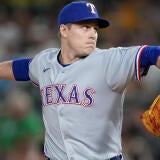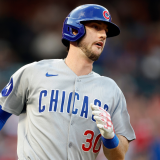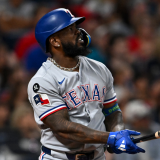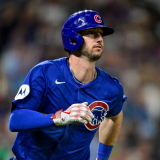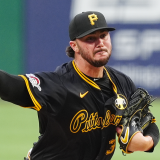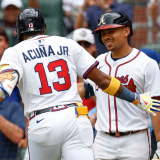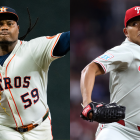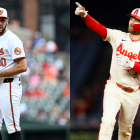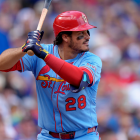
Dodgers appear comfortable pushing their starters in the playoffs -- and yes that will include Shohei Ohtani
Given the state of their rotation and bullpen, the Dodgers are going starter-heavy this October
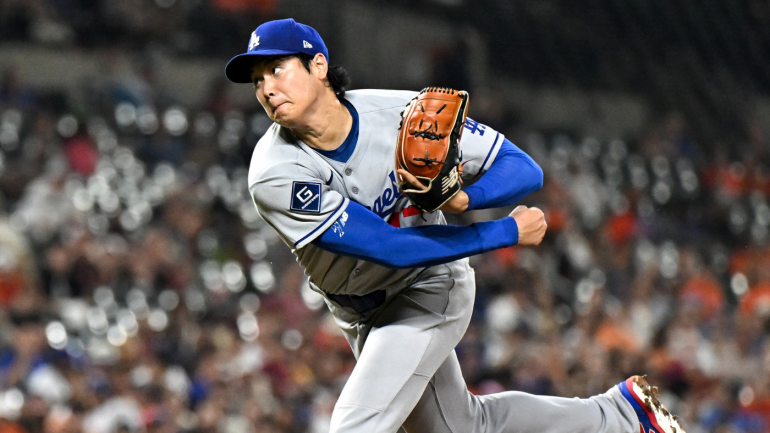
Much to the chagrin of so-called baseball traditionalists -- or "old-school" people -- starting pitchers have been shouldering smaller and smaller loads in the playoffs these last several years. More and more, we've been treated to shorter outings from starters before an assembly line of power relievers.
The Dodgers have been involved in plenty of this. They won it all last season with a shortage of starters. They used a bullpen game in Game 4 of the World Series. We've all been subjected to years of people complaining that Dave Roberts and the Dodgers front office won't let their starters go deep enough into playoff games.
Here in 2025, it appears the Dodgers are going to turn back the clock, though.
In Game 1 against the Reds, lefty Blake Snell went seven innings. It was his longest-ever playoff outing. He averaged fewer than six innings per start in the regular season, topping out at seven innings twice (out of 11 starts). In Game 2, Yoshinobu Yamamoto threw 113 pitches in his 6 ⅔ innings. It was his highest pitch count since coming to Major League Baseball from Japan's NPB.
These weren't close games, either. The Dodgers had an 8-0 lead when Snell took the mound for the seventh. It was 7-2 Dodgers when Yamamoto went out for the seventh in Game 2.
It seems there are a confluence of factors here.
First off, the Dodgers' bullpen is in awful shape. We saw it in Games 1 and 2, when the Reds made the games interesting with huge eighth-inning rallies, both of which were helped along but terrible Dodgers' pitching.
The Dodgers' bullpen had a 4.27 ERA all season and it was 4.90 in September and that doesn't even really do all the meltdowns this season justice. The Dodgers blew 25 saves and, again, that doesn't really paint the whole picture. The biggest issue was the lack of consistently reliable options.
The Dodgers do have great starting pitching, though, and due to injuries during the season, very few of them have logged large workloads.
- Snell only threw 61 ⅓ innings in the regular season.
- Yamamoto got to 173 ⅔, so maybe there will be concern if they make a deep playoff run, but he's fine for now.
- Tyler Glasnow only worked 90 ⅓ innings.
- Shohei Ohtani only threw 47 innings in his return from major surgery, but worked his way up to six innings on 91 pitches last time out. He's good to go. "I just think he's a normal starting pitcher now. Kind of eased him along," Dodgers lead exec Andrew Friedman told reporters this week.
That appears to be their playoff rotation, but they've got Emmet Sheehan and Clayton Kershaw waiting in the wings.
Further supporting a move back in favor of the starting pitchers, if this is the route the Dodgers' take, it's that relievers started to get hit a lot harder than expected last postseason.
Anecdotally, recall the historically good regular season from Guardians closer Emmanuel Clase and then remember him getting tattooed in the playoffs, giving up eight runs on 12 hits (including three home runs) in eight innings. We saw a record-setting 17 blown saves. There was also extensive research done by Lewie Pollis suggesting that MLB teams finally went too far and we started to see diminishing returns.
The Dodgers have a leading front office, and it's an easy bet they had already been studying things like this.
The Dodgers also have an excellent starting pitching situation and a shaky bullpen -- though it should be said that Roki Sasaki in a one-inning role looked incredibly encouraging in Game 2 -- which means that increased workload from Snell and Yamamoto in the Wild Card Series was likely a harbinger for how the Dodgers will deal with their pitching staff this postseason.


